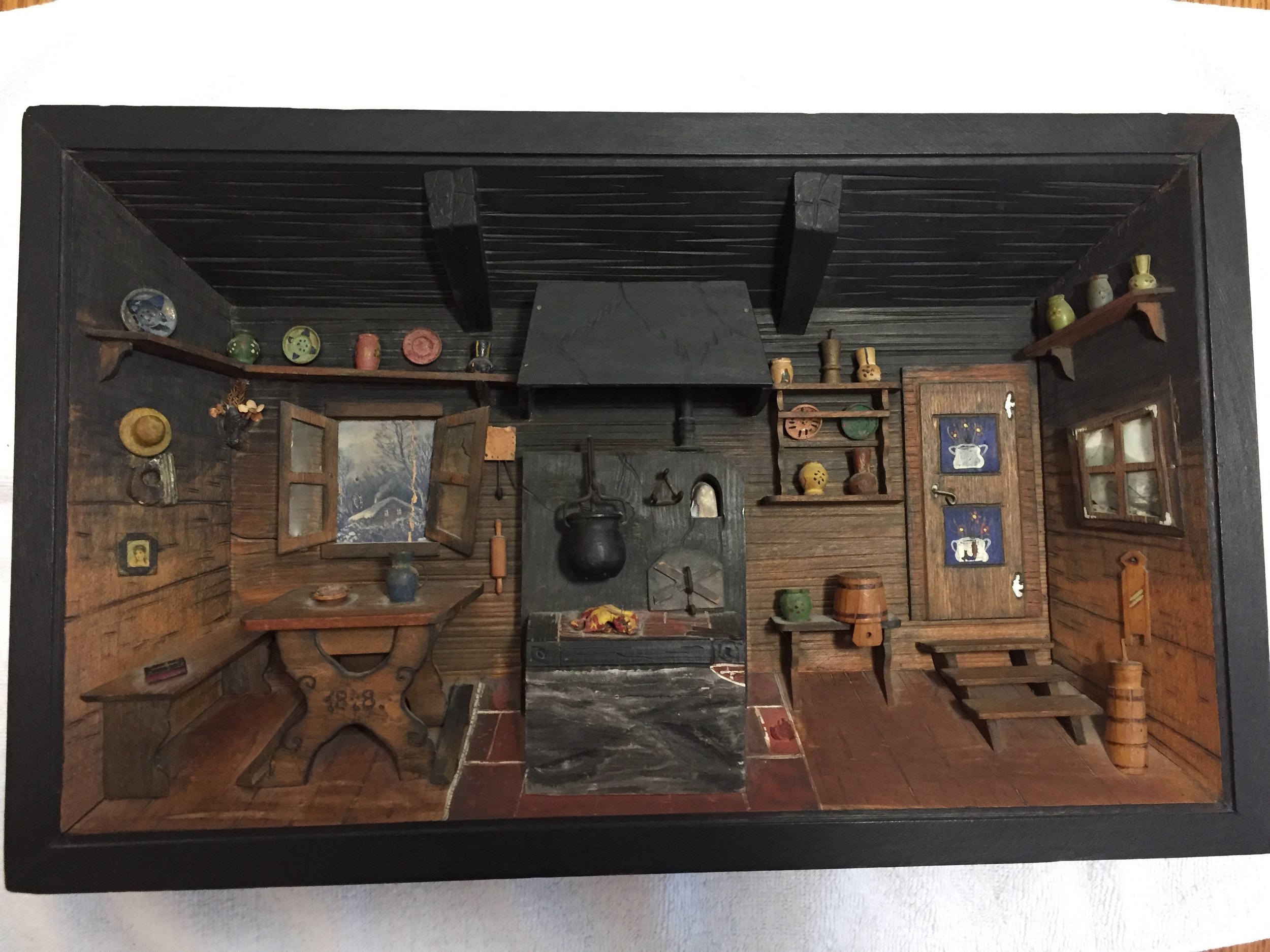Can you identify what this is? A whistle? A darning sock? It’s 5 ½ inches tall and made of silver. The top half comes off and it’s empty inside.
I don’t have any family history to it. I just like odd things and – unless you tell me otherwise – fits the bill.
I suppose your darning sock guess was the closest: you have a glove flask.
Gloves have been integral as part of an outfit for centuries as a symbol of wealth and gentility. They protected hands from dirt and the elements and signaled that those who wore them did not have to labor for a living. Do you remember the scene in Gone with the Wind when Scarlett visits Rhett in the Yankee jail? “What have you done with your hands?” Rhett demands. “These don’t belong to a lady. You’ve worked with them like a field hand”
Unfortunately, snug fitting gloves could be difficult to put on. To remedy this, people – or their valets or ladies’ maids - would powder the inside of the glove. To do this without billowing dust everywhere one would use a glove flask.
In 1889 druggist Joseph Begy wrote The Practical Handbook of Toilet Preparations and Their Uses: Also Recipes for the Household as a way to battle what he saw as humbug, exorbitant prices and impure ingredients in the medical and toiletries industry. His 13 chapters include “Preparations for the Finger Nails” “Aromatic Smelling Salts” and “Corns and Bunions.”
In the chapter “Glove Powder” he writes, I believe I am justified in saying that ladies will appreciate this powder. They all realize what an advantage it is to have something to dust their kid gloves, that will at once overcome the difficulty of getting their gloves on; a matter that is at times very embarrassing, besides causing any amount of ill temper. It will save all annoyance; ladies need not dread the ordeal.
To use a glove flask you would open it and fill the more bulbous bottom with talc, cornstarch or any absorbent powder. You would then shake the neck of the flask into the glove, powdering each finger individually.
A glove flask would be found as part of a lady’s dresser set along with a hair and clothes brushes; a shoe horn, button hook and powder box; a hair receiver, comb and looking glass; a hat pin holder and a glove stretcher. These items could be in combinations of sterling, crystal, porcelain and even wood.
Your flask is quite fancy with intricately chased ribbons and a triple monogram. It could have been made any time during the last third of the 19th century and the first third of the 20th. I’m sure it’s sterling but without being able to see the marks I can’t tell you who made it.
These powder flasks are quite rare. Many of the tops have been lost or they’ve been mistakenly moved to the dining room and used for pepper! Yours is one of the prettiest I’ve seen: depending on the maker it would sell in the $100-200 range.


